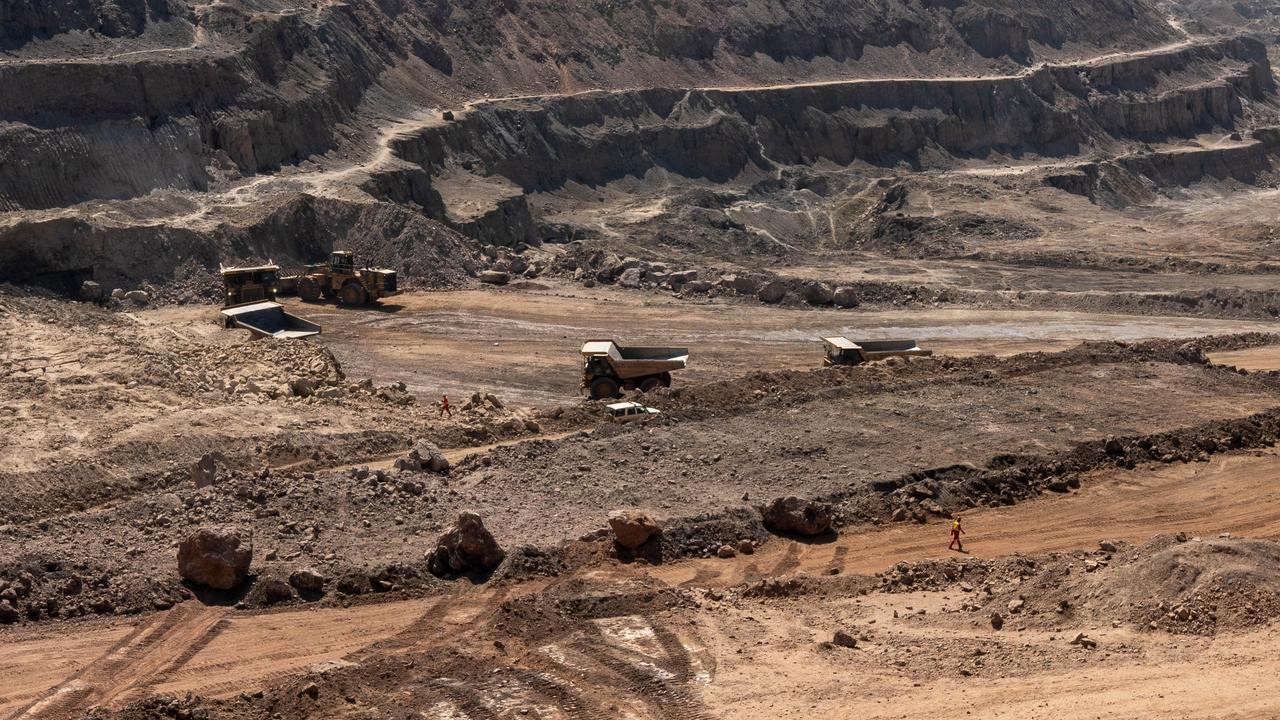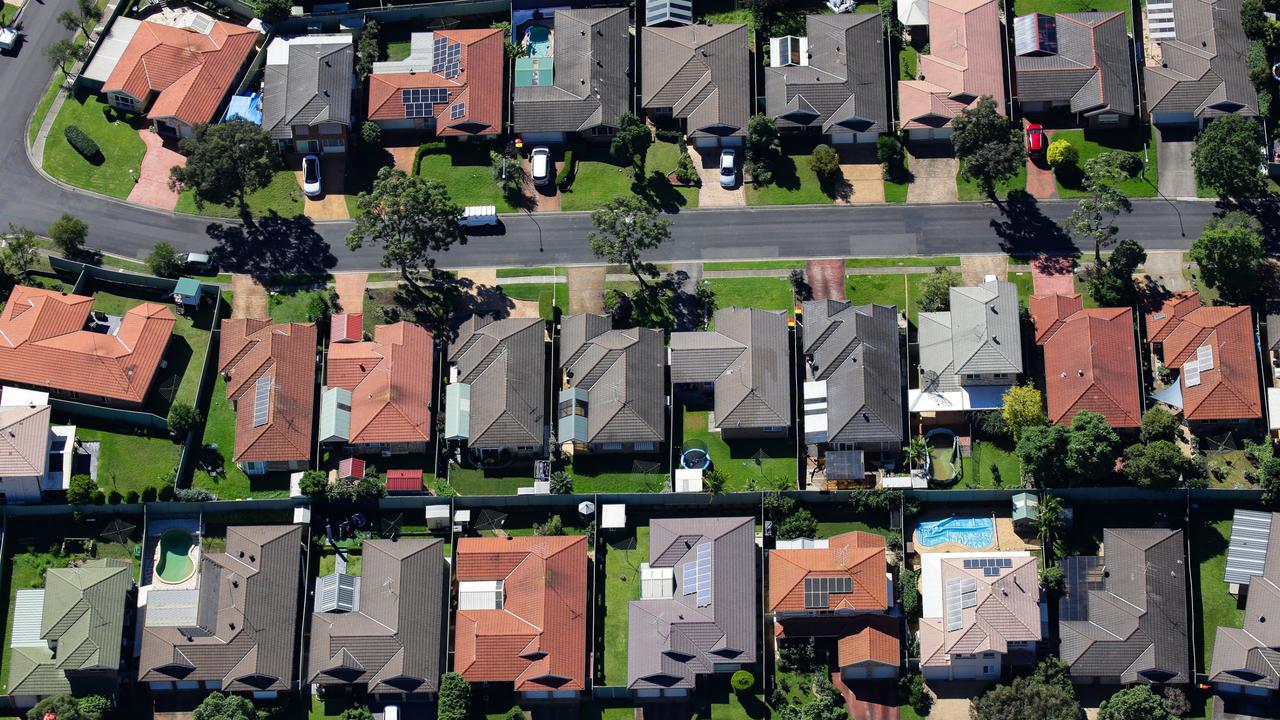WA government says damage to 249 heritage sites warrants $5m-$10m in compensation
Indigenous leaders and mining companies have been shocked after the West Australian government set a low bar on native title and compensation payouts.
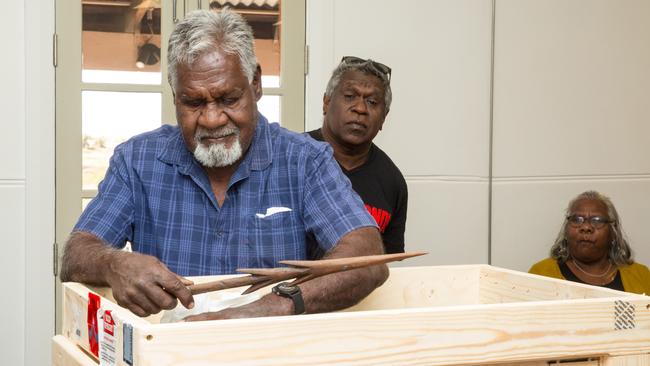
Business
Don't miss out on the headlines from Business. Followed categories will be added to My News.
The West Australian government has sent shockwaves through the resources industry by claiming the destruction of more than 200 significant Aboriginal heritage sites in the construction of a major iron ore mine warrants a damages payment of only $5m-$10m.
WA’s Labor government has put forward the view in a landmark legal dispute involving the Andrew Forrest-led Fortescue and its Solomon mine in the Pilbara.
The Yindjibarndi people are fighting a landmark $1.8bn compensation case in the Federal Court that comes on the back of a string of previous legal victories over Fortescue, with lawyers for the WA government claiming any payout should a fraction of what the indigenous group is seeking.
Lawyers specialising in native title said the price tag WA had put on heritage destruction raised questions about the whole Indigenous agreement system underpinning mining in Australia and whether companies should be paying out royalties which routinely amount to more than $50m a year to individual traditional owner groups.
Gilbert + Tobin partner and native title expert Marshall McKenna the Federal Court case was being watched closely across the resources industry, with the outcome likely to shape future compensation deals between companies and traditional owners.
“If you’re wanting project certainty, if you’re wanting to make final investment decisions, there’s a lot of value in having an agreement (with traditional owners),” he said.
“It’s a multi-factor play but when it comes down to just being economically rational, there is no reason for paying the kind of money that a number of mining and oil and gas companies have paid. It’s just a number that they can afford to get their ESG (environment, social and governance approval) under their belt.
“Pretty much anybody who has done a compensation deal is paying more than the Federal Court will award (in the Yindjibarndi case).
“There is a lot of water to go under this particular bridge, but if the court lands on $5m-$10m, then a lot of people are going to be needing to look very carefully at what they’re offering moving forward, because it’s great to be a nice guy but if you’re a director of a company, you’ve actually got to look after your shareholders as well.”
Yindjibarndi Aboriginal Corporation boss Michael Woodley said the government’s assessment was shameful and hypocritical.
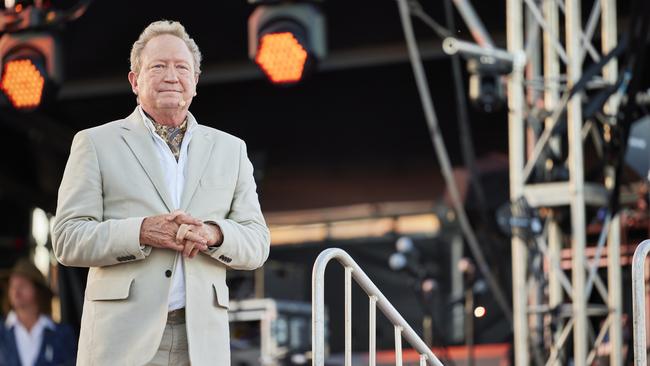
The Yindjibarndi allege Fortescue destroyed more than 240 culturally significant sites – including rock shelters similar to those at the centre of Juukan Gorge debacle involving Rio Tinto – in building and operating the Solomon mine. The group’s total claim, including factors like economic loss and community division, is $1.8bn.
Mr Woodley said that by devaluing Aboriginal heritage the WA government risked a backlash that could see traditional owner groups withdraw from negotiations with miners.
National Native Title Council president Kado Muir condemned the WA government and accused it of “low balling” the deep pain and suffering caused by the destruction of important heritage and spiritual sites.
The WA government did not respond to questions from The Australian on the issue, including whether its position in the Yindjibarndi case delegitimised the much larger sums of money it had paid out in striking far-reaching native title settlements in the South West, Mid West and Goldfields regions of WA.
Fortescue and the WA government were left exposed to the Yindjibarndi compensation claim in 2020 when the High Court denied the Forrest-controlled mining company special leave to appeal earlier Federal Court rulings that in effect meant a large part of Solomon was built without the permission of the traditional owners.
The Federal Court had granted the Yindjibarndi exclusive native title over 2700sq km in the iron ore-rich Pilbara, which in effect recognises them as private owners of the highest legal standing with a spiritual connection that allows them to decide who mines the land.
Mr Woodley, who has been leading the Yindjibarndi battle with Fortescue for about 18 years, said he was appalled the WA government could argue the destruction of hundreds of heritage sites amounted to such a small financial penalty in terms of compensation.
“This position of the state government takes us back 50 years to that colonial mentality and attitudes that they can come in and take what they want,” Mr Woodley said.
Fortescue has exported more than $50bn of iron ore from Solomon since 2013 and the mine is expected to continue operating for decades. The WA government has pocketed hundreds of millions of dollars in royalties from the mine.
Fortescue was granted approval to damage or destroy 249 sites across the area under section 18 of WA’s Aboriginal Heritage Act, the same legislation that gave Rio the legal authority to destroy the Juukan Gorge rock shelters in 2019.
Archaeologists have told the court there were five rock-shelter sites within Solomon “which by virtue of their great age and repeated occupation through time are, in our opinion, based on our study, training and experience as archaeologists, of national significance”.
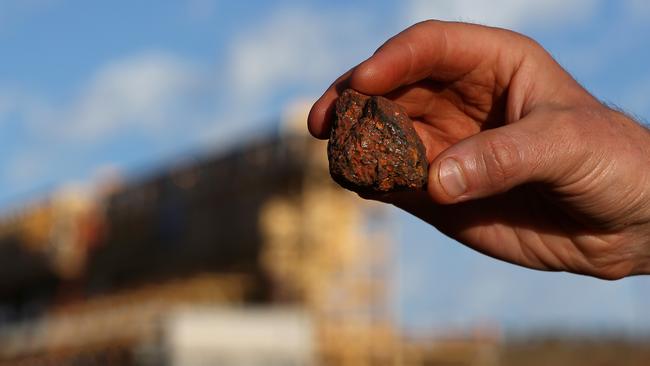
Mr Woodley said: “This is a big area of land that has been cleared for mining. There’s been interference with river systems and the environment, not to mention our heritage sites, some dating back 50,000 years, and that’s worth $5m-$10m? Come on. The state government may as well say in its argument that we don’t exist or shouldn’t exist.
“There are implications on both sides. There is the miner who might think that he’s paying too much now that the state government has set a bar this low. Then there are implications for First Nations groups.”
Mr Woodley said traditional owners might question their involvement in discussions and approval processes.
“We might even use this as a gathering of First Nations to stand up now for our rights and say we’re going to put a stop to all mining activities on our land and not partake in any form of approval process,” he said.
Mr Muir accused the WA government of trying to cover its backside in terms of compensation, despite the royalty riches it reaped from mining on land covered by native title.
“It is just a poor reflection on their thinking and where they’re at,” he said. “Low-balling the deep pain and suffering of spiritual value is poor form but not unexpected given the atrocious track record of this WA government approval (of) wanton section 18 destruction and desecration of sites, compounded by their ridiculous backflip in heritage protection reform.”
The WA government spent five years working on new Aboriginal heritage laws that scrapped section 18 powers to damage heritage sites without consent, but scrapped the legislation just five weeks after it was rolled out. Fortescue has argued any compensation due to the Yindjibarndi should be funded by the state because it granted the mining tenements covering the traditional lands of the Yindjibarndi. The WA government maintains Fortescue should pay.
The Yindjibarndi rejected a Fortescue’s offer of a $4m annual payment over the anticipated life of the Solomon project, worth around $120m at one point in the long-running dispute. It is understood BHP and Rio pay royalties of about 0.5 per cent of mining revenue to traditional owner groups in the Pilbara.
The WA government is liable to pay compensation to the Yindjibarndi under the terms of the Native Title Act but claims any liability shifts to Fortescue under a provision in the WA Mining Act. Fortescue has said the relevant section of the Mining Act is unconstitutional.
Gilbert + Tobin’s Mr McKenna said there were valid reason why resource companies would reach agreements with traditional owner groups that took into account more than just exposure to compensation claims, including the importance of social licence to operate and a desire to avoid lengthy delays.
More Coverage
Originally published as WA government says damage to 249 heritage sites warrants $5m-$10m in compensation




